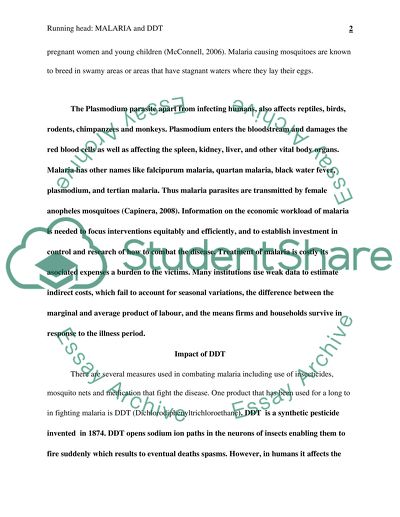Cite this document
(“DDT and malaria Essay Example | Topics and Well Written Essays - 1750 words”, n.d.)
Retrieved from https://studentshare.org/family-consumer-science/1424665-ddt-and-malaria
Retrieved from https://studentshare.org/family-consumer-science/1424665-ddt-and-malaria
(DDT and Malaria Essay Example | Topics and Well Written Essays - 1750 Words)
https://studentshare.org/family-consumer-science/1424665-ddt-and-malaria.
https://studentshare.org/family-consumer-science/1424665-ddt-and-malaria.
“DDT and Malaria Essay Example | Topics and Well Written Essays - 1750 Words”, n.d. https://studentshare.org/family-consumer-science/1424665-ddt-and-malaria.


